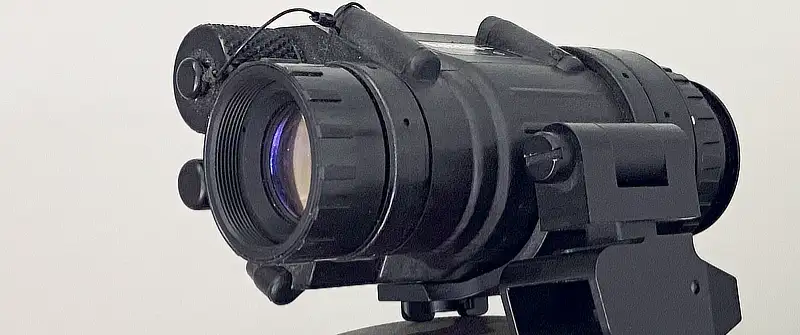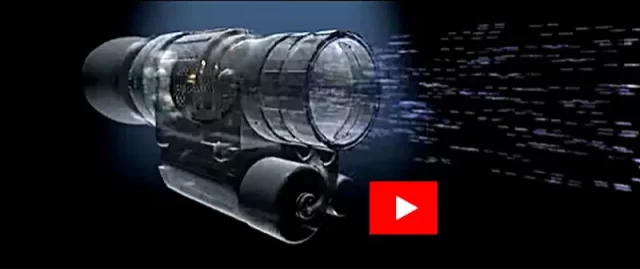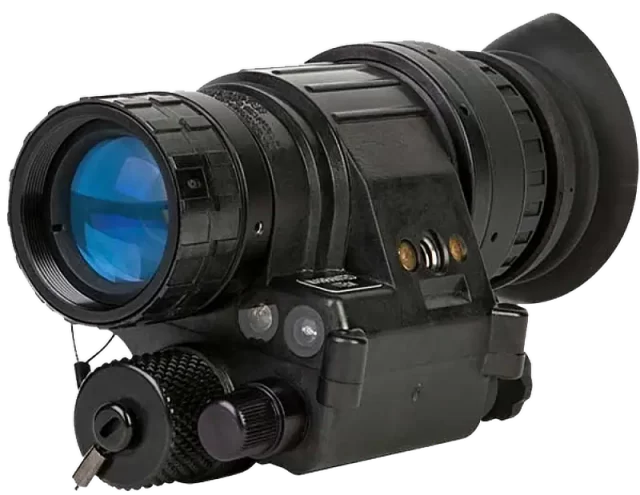Best PVS-14 Aviation Grade Night Vision

The best PVS-14 night vision available..
From Ready Made Resources. They have the best comparative / competitive prices you’ll get anywhere.. If you want the best PVS-14 that you can get today, they’ve got it. Here’s more, and where to get them from a reputable dealer distributor.
Manufactured by Elbit America. They have built and sold more than 2 million GEN 3 Image Intensifier Tubes. This includes buyers such as the Dept. of Defense. Homeland Security. Special Operations Forces. All branches of the military, Aviation, and Law Enforcement.. just to name a few.
Robert Griswold (owner of ReadyMadeResources, is a supplier and distributor of night vision devices. He currently has the best PVS-14 tubes in stock over there – that qualify as VH (aviation grade). That’s pretty darn elite..
He recently called and told me about these latest Gen3+ NODs. So I want to post a notice about it for those who may happen across this post during their own internet research for the best PVS-14. His family business has been a decade+ long-time sponsor here, having been in business more than 20 years. Night Vision is his specialty (one of them).
Primary features of these incredible Elbit tubes.
(more information below)
- SPOTLESS
- 2300+ FOM
- 72 LINE PAIR
- UNPRECIDENTED 10-YEAR WARRANTY
These are top-of-the-line elite level VH tubes. Not the lesser expensive YH spec tubes.
VH – “aviation grade” (spot spec) tubes
YH – standard ground MIL-SPEC tubes
SLH – Com-Spec (upper grade)
XLSH – Com-Spec (lower grade)
Researching for the best PVS-14 night vision device? Here’s a freebie if you happen to purchase one of these particular Elbit’s from Ready Made Resources (link below)..
Mention ‘Modern Survival Blog’ in the comments section of your order for a Free $189 light interference filter to protect from laser damage.
A night-vision device (NVD), also known as a night optical/observation device (NOD), night-vision goggle (NVG), is an optoelectronic device that allows visualization of images in low levels of light, improving the user’s night vision. The device enhances ambient visible light and converts near-infrared light into visible light which can be seen by the user.
~ more on Wikipedia
How Night Vision Works (e.g. the PVS-14)
Video clip from Elbit

The science of night vision begins as the objective lens gathers light from the visible spectrum, and also near-infrared which cannot be seen with the naked eye. Those light particles (photons) are focused on an image intensifier where a photocathode absorbs their energy and converts them into electrons. Electrons are moved through a microchannel plate where they are multiplied up to 100,000 times. The multiplied electrons are drawn to a phosphor screen where they strike and excite the phosphor. In a process similar to that of a televisions cathode ray tube, the phosphor screen projects illuminated detailed views of a user’s nightscape environment.
Elbit PVS-14
Engineered for handheld, head/helmet, weapon mounted, or camera-adapted use.

These tubes have great FOM (Figure of Merit)
It’s a calculated number that estimates performance of a particular intensifier tube. In this case, each individual PVS-14. The higher the FOM, the better.
Multiply signal-to-noise ratio (SNR) by the resolution of the image intensifier. This gives you the FOM.
For example, a number of years ago I purchased a PVS-14 from RMR (ReadyMadeResources). I just pulled out the test data sheet that came with it. The SNR on this one was measured to be 36.9. It’s (center) resolution measured 72 lp/mm (line pairs per millimeter). That comes out to an FOM of 2656! And yes, it’s a top-of-the-line PVS-14 like I’m talking about here with the Elbit tubes that he has. One might say, the best PVS-14 (grin)..
With that said, these VH grade (aviation grade) tubes evidently measure at least 2300 or more FOM. This is an incredible number. That said, I wouldn’t see the difference between 2300 and say, 2600 (for example) because it’s already so good at that level. Anyway, that’s just my opinion based on my own experience.
Manual Gain Control on top of Auto Gain
Robert highlights this particular excellent feature. I do agree! In all my experience with my own PVS-14, I really like the manual gain control. It enables me to tweak the existing auto-gain (brightness) when needed. For example, if there’s no moon. And if clouds obscure the stars. And if you’re out away from man-made light sources.. You can crank up the gain and still see! Anyway, I find this fine tuning to be very helpful.
Here’s his description of this:
Manual Gain Control is one of the best performance enhancing options you can have on a piece of night vision equipment.
This feature gives the user the ability to surpass the automatic gain control that is standard on most units. Thus allowing the manual gain adjustment to boost light gain beyond where the built-in auto gain would go in very low light situations.
In essence it gives the user control to “tweak the brightness” of the night vision device to the users preference based on current light situation which will often result in resolving objects that were too washed out or too dark to previously be identified.
If you can only own one piece of night vision equipment, this is it – this is the unit that can go anywhere and do almost anything. These PVS-14 systems are the most versatile, capable, and durable of any night product on the market. With the right accessories and configuration these monoculars excel at virtually any night time optics task!
-> Product Link over at ReadyMadeResources
[ Read: How To See In The Dark – Naturally ]
